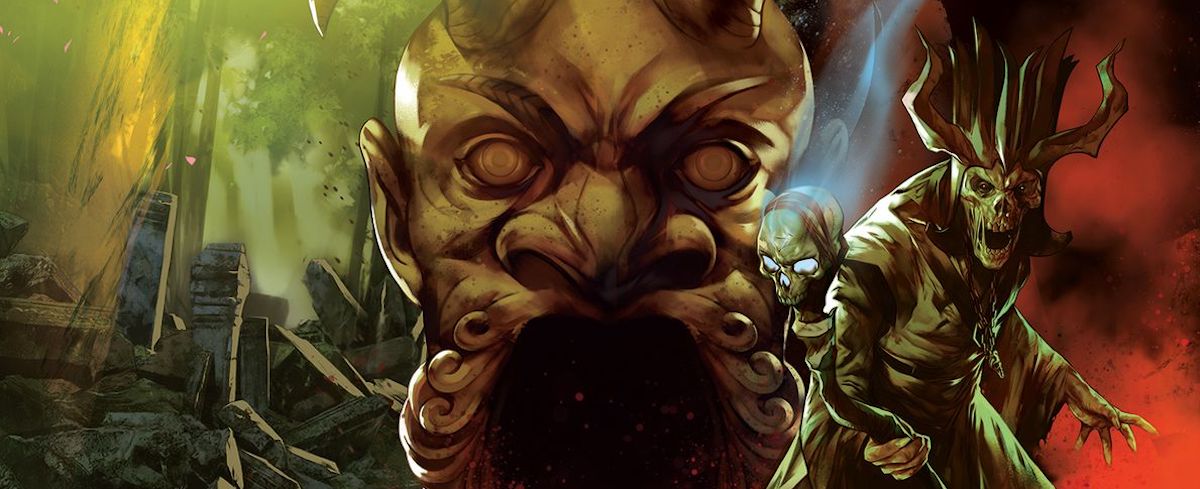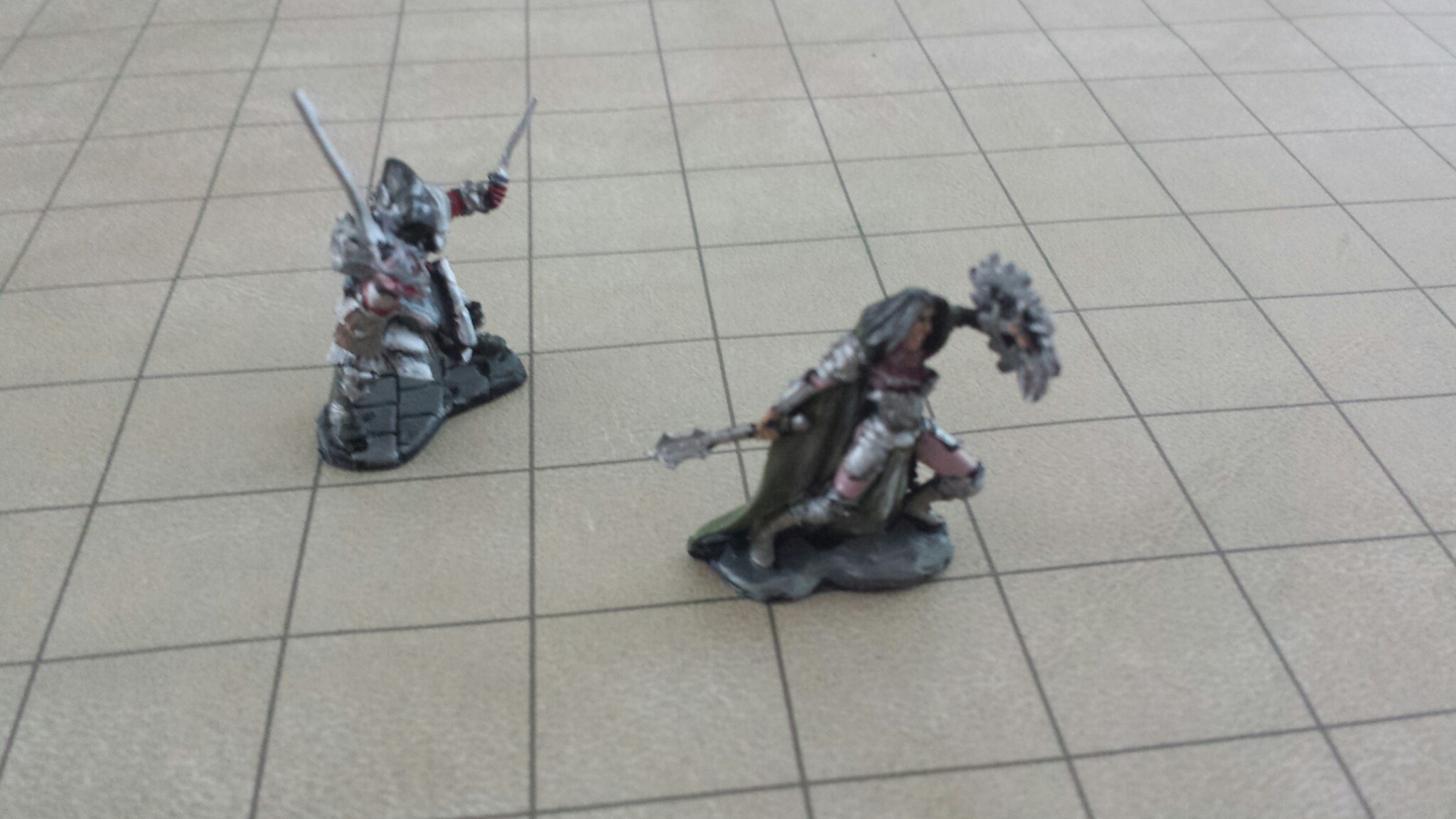Category: Tabletop Gaming
-

Post Mortem – Running The Tomb of Annihilation
This is a post mortem about my experience running the 5th edition D&D module Tomb of Annihilation. If you’re a player who may experience this as a campaign, don’t read this post, since it will contain spoilers for the module. If you are a DM who is considering running the module, you might find this…
-

Cooking with Dungeons & Dragons (2)
Following up on my previous adventures, I’m cooking recipes from Leaves from the Inn of the Last Home when my D&D group comes over to play. This month I just cooked one recipe – the first one in the recipe book – Gully Dwarf Stew! Gully Dwarf Stew calls for a lizard, because Gully Dwarves,…
-

Cooking with Dungeons & Dragons
We’ve started a new D&D campaign at home. I’m not the GM this time, which frees me up to do lots of other projects and just play along. Last week I looked on my bookshelf and realized I still had a nicely worn copy of Leaves from the Inn of the Last Home, a this-and-that…
-
Leaving for Origins!
Tomorrow we’re taking off for the Origins Game Fair in Columbus! How exciting is this: this year I’m going to be DMing a couple of sessions with Rogue Cthulhu! I love playing in their games every year, and this year I’ve finally got the courage to run my own! But you don’t need me to…
-
Tabletop Games I Have Played: D&D Next
Lately for lack of a home-game proper, I’ve been playing the newest D&D Next playtest with some friends. To get the early stuff out of the way: I like it, generally. I’m running it with the Temple of Elemental Evil that it was released with which is not, strictly, a “proper” new module and relies…
-
A Day of Horror Games at Origins
So I’m at Origins this week! Great convention, lots of neat people to meet, learn from, new games to try, etc. I feel bad for writing something that’s about to sound like a complaint. It isn’t really. I don’t know what it counts as, exactly. But here goes. Sexual violence trigger warning. Sorry if this…
-
Sad to Say, Your Adventures Have Ended Here
My primary gaming computer suffered an unexpected melt-down last week. While I scavenge parts to replace it, I must turn back to the consoles. However, I also have my bi-weekly Dungeons and Dragons game to look forward to. Yesterday was the first time that an entire party has died at my table. Some GMs would…
-
The World of D&D is Changing Again
Everyone’s talking about it! Dungeons and Dragons made the New York Times today. They’ll be making another edition. I haven’t written about tabletop gaming in a while, but I have mentioned in the past that… despite the contentious divide, I like Fourth Edition. I think it did a lot of things right. I’d love to…
-
Tabletop Games I Have Played – Dungeons and Dragons (4th ed)
I really said I shouldn’t be writing, but it is hard to keep me away completely. Today I’m wearing my Half-Elf scented oil, I’m being asked about drumming up a new campaign, and late summer is about to give way to early fall. So let’s talk about Dee and Dee; let’s talk about you and…
-
In Further Cthulhu News
Posting here simply because of its relevance to my previous article, indie RPG Cthulhu Saves the World is now available on PC. I have to say I was waiting for this, since when I heard it was coming to PC I decided to give it a pass on X-Box and play it at my desk…